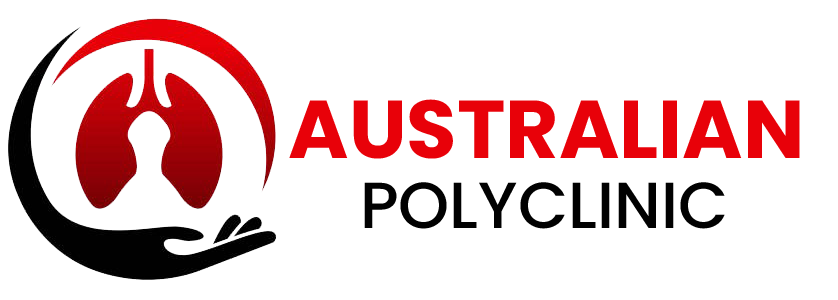Exercise is increasing muscle activity of our body. Exercising muscles require more oxygen to produce energy. This increased demand for oxygen is met by increased in heart rate and contractility to deliver more oxygenated blood to the muscles and exercising muscle also extract more oxygen from the blood flowing through these muscles.
As the blood flow and heart output increase, lungs have to match its function, to transfer more oxygen to blood and extract more carbon dioxide from the blood. Once the exercising muscle reached a steady state where further oxygen delivery is not possible, muscle produces energy without using oxygen and lactic acid (lactate) is produced as a by-product.
Anaerobic threshold:
It is a point where exercising muscles start producing lactate from lack of oxygen. It is also a marker of physical fitness. People with better fitness can improve their anaerobic threshold which I will discuss later.
Grades of exercise:
We can divide the exercise into three grades
- Moderate exercise, it is below anerobic threshold, example is brisk walking and slow bike ride, no lactate is produced
- Heavy, it is at or just above anerobic threshold, lactate is produced but its level remains steady. People with good heart and lung capacity can sustain exercise at this level for some time.
- Severe Exercise, lactate continue to increase in blood and tissue and exercise cannot be continued for long duration
Basal metabolic rate:
BMR is rate of oxygen use at rest. We consume about 250 ml oxygen per min at rest.
Maximal oxygen uptake (VO2 max):
This is maximum amount of oxygen consumed by any person when exercising as hard as possible. This is proportional to fitness of a person. It is about 40 ml.min−1.kg−1 for female and 48 ml.min-1.kg−1 for males. This is approximately 3 litres of oxygen per minute for a 70 kg man. It decreases at approximately 8% per decade beyond 30 years of age. Measurement of VO2 max required specialized cardiorespiratory equipment. A person with sedentary lifestyle can reduce the VO2 max to 50% of expected value. It can be increased to 150% in athletes to maximum of 200% in elite athletes especially rowers.
Oxygen delivery to muscles:
The oxygen delivery to the exercising muscles isincreased due to increase in cardiac output (heart rate and stroke volume (volume pumped by heart in each contraction).
Oxygen extraction:
As blood passes through muscle and tissue, oxygen is taken up by the tissue. The oxygen concentration of blood returning from tissue is about 70% at rest but when muscles are exercising, a large amount of oxygen is taken up as blood pass through the tissue and oxygen concentration in returned blood can be as low as 20%.So more oxygen is extracted by exercising muscles per unit blood flow.
Oxygen debt:
If a person is exercising below their VO2 max, the oxygen delivery matches oxygen demand. When anaerobic threshold is achieved, more lactate is produced by the exercising muscles. When we stop exercise, that lactate is converted back to citrate and further energy is generated in the process. More oxygen is required to clear the lactate from muscles and blood, which is called oxygen debt. Well trained athletes can have higher oxygen debt and can exercise for longer duration or more strenuously.
Increased ventilation(breathing) with exercise:
As a person starts exercise, breathing gets deeper and faster, to match the oxygen requirement. If exercise is continued at severe level, breathing reaches a plateau level beyond which it cannot be increased. For one litre of oxygen per minute delivered to the tissue, we have to breathe 20-30 litre of air per minute.
Fitness, training and VO2 max:
Power generated by the muscles is directly related to VO2 max. A trained athlete can generate more power as their VO2 is high and a poorly trained person can generate less power as it is limited by low VO2 max. In other words, athletic person improves their VO2 max to generate more power and can exercise harder and for longer duration.
Maximum Breathing Capacity or Maximal Voluntary Ventilation:
Maximum breathing capacity of any person is rather stable. It is maximum amount of air we can breathe in one minute. Maximal breathing capacity may not be increased with training but with training, we can get our breathing muscles stronger and can build up endurance with time. It can help us sustain exercise for longer duration before respiratory muscle fatigue develops.
The major factor in increasing VO2 max due to improved performance of skeletal muscle and the cardiovascular system, rather than any specific change in respiratory function or breathing capacity.
Changes in the muscles:
Muscles increase their mechanical output in the longer run by developing more blood vessels, improving their blood flow, increasing mitochondria density and number which improve oxygen consumption of muscles. These also can store lactate better and improve glycogen stores too.
Why do we feel short of breath:
Our peak exercise is primarily limited by heart function as in healthy subjects, there is still 20% breathing reserve. In patients with lung diseases, exercise may be primarily limited by lung physiology.
There are three primary reasons for breathlessness
- The ventilatory response to exercise is more rapid so a greater minute volume is required to achieve a given VO2
- The proportion of maximal breathing capacity a patient can tolerate is reduced.
- Small increase in heart output in response to exercise result in mixed venous oxygen levels to go down quickly. It also causes inadequate muscle blood flow, impairing the function of respiratory and other muscles. The muscle starts to produce lactate at lower level of exercise.
In our next blog, we will discuss ways to improve endurance and exercise capacity.
Australian Polyclinic,
CCA Phase 5 DHA, Lahore
0311 057 3333
Dr G Sarwar Chaudhry
MBBS (King Edward Medical College)
Fellow Royal Australasian College of Physicians (FRACP Australia)
Fellow American College of Chest Physicians (FCCP)
Conjoint Lecturer, University of Newcastle, NSW, Australia
Consultant Pulmonologist and Sleep Physician
Consultant General Physician www.australianpolyclinic.com
